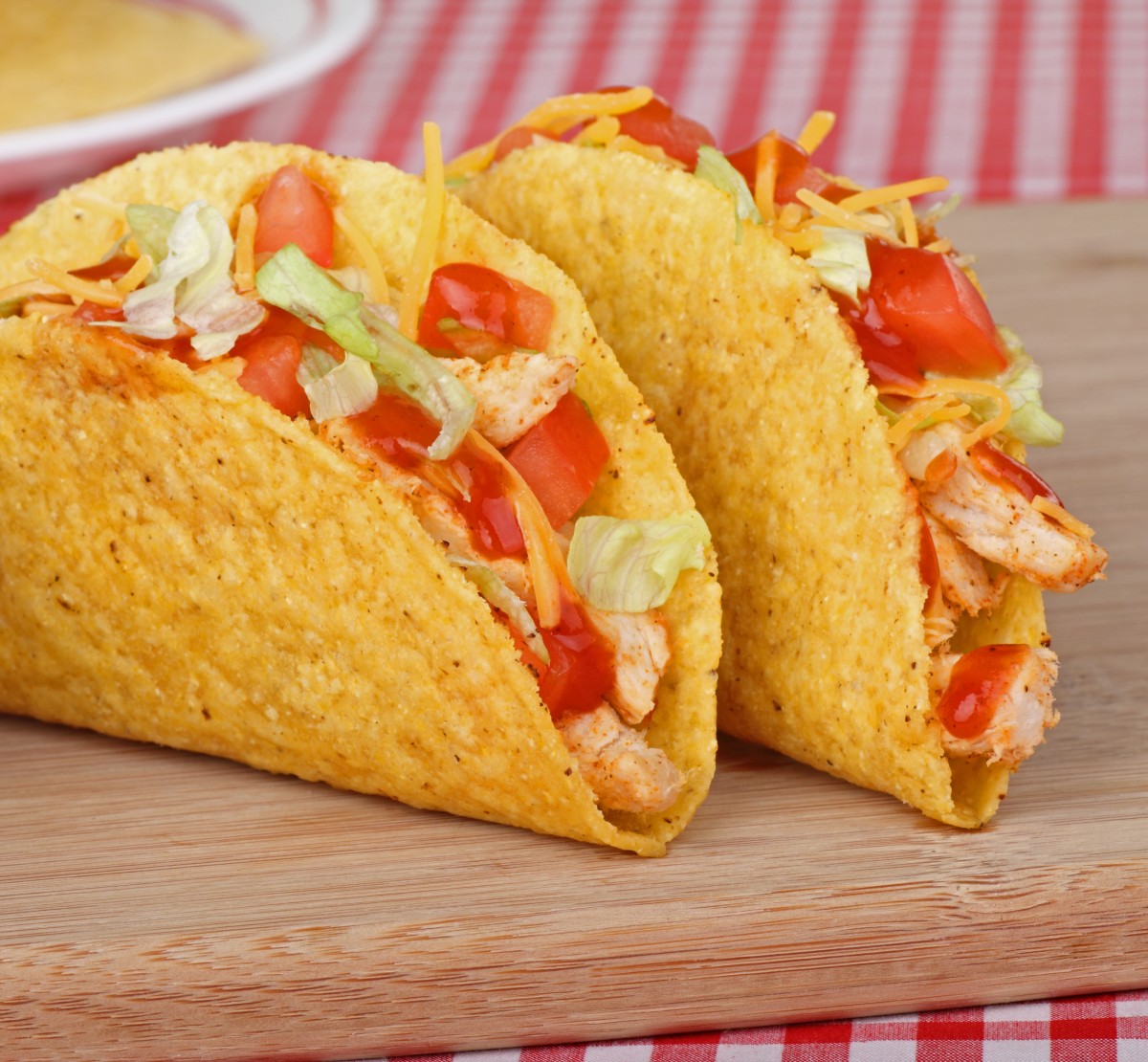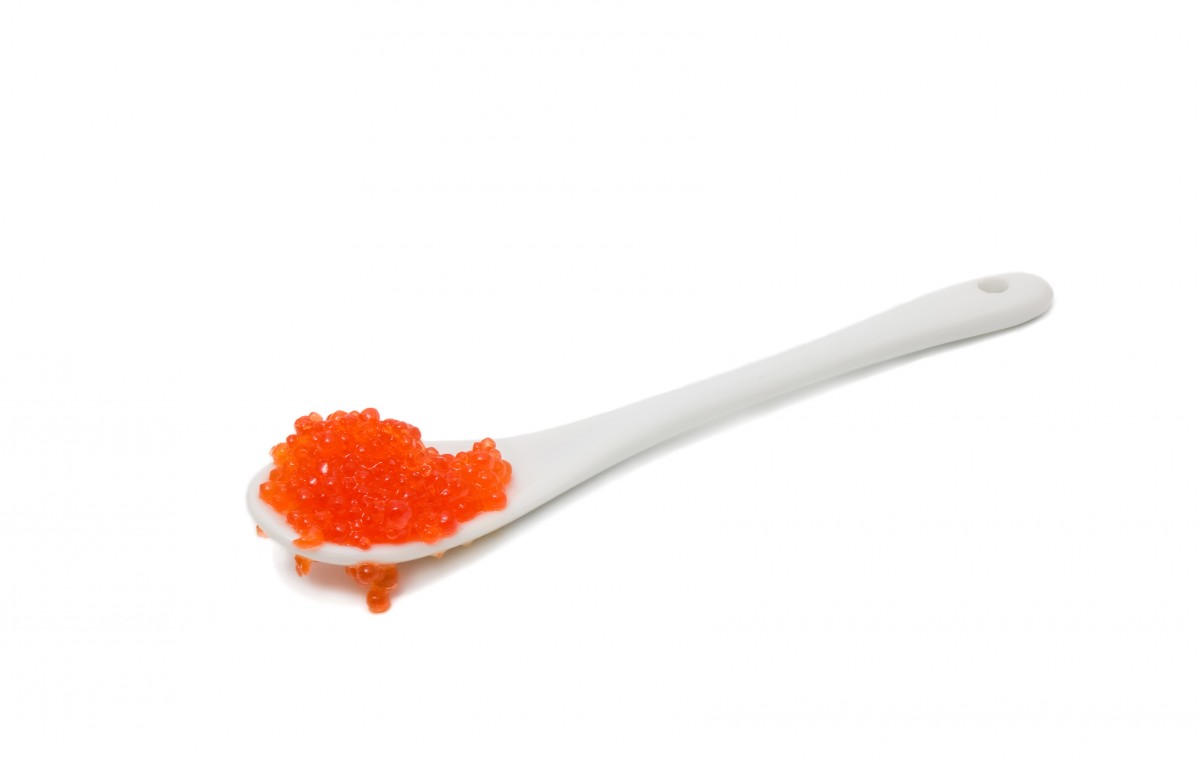Last year, we reported on bad news from a trusted condiment source: Huy Fong Foods, the manufacturer of cult hot sauce sriracha, was shutting down production for the summer due to a shortage of the red jalapeños that make up the bulk of their recipe. Foodies everywhere looked forward to the next season when drought conditions would lift, peppers bloom and fruit and production would resume.
Well, none of that has happened. As anyone struggling in the most climate-change-affected areas of the world can attest, our environment is changing for the worse. All life is affected, from us down to jalapeños, which is why the sriracha shortage is officially grinding into its second year. And fans of the stuff have taken to eBay to nab what limited supplies there are at staggeringly inflated prices.
“In one of the more egregious examples, a 12-pack of 28-ounce bottles sold for $415 ($34.58 per bottle) after receiving 28 bids. One seller on the site was selling bottles of the same size for around $30, while another offered the product for an even more precipitous $80 a pop.
And people are willing to fork over large sums if it means they can flavor their food with the chili sauce. A glance at completed listings on eBay reveals dozens of Huy Fong products sold after auction just since Sunday, all well above their retail prices.
One seller offering 28-ounce bottles for $32.99 had made 115 sales as of Monday morning.”
This whole situation would be comical if it didn’t herald the complete collapse of our agriculture and supply chains! But besides that, it speaks to the unwavering dedication foodies have for their faves. If only we could harness that and use it as fuel for a more sustainable future: While California (where Huy Fong’s sriracha is manufactured) is no longer officially in drought because of a historically wet spring, their troubles aren’t over. Experts say that this cycle of extreme dryness followed by piles of precipitation (that may mean catastrophic floods) will likely be the new normal. In that case, I hope we can manage a little hot sauce to bring a bit of joy to dark times!

Tex-Mex restaurant behemoth Taco Bell has stuck up for the little guy this week—or have they?—by taking the smaller American chain Taco John’s to task over the latter’s trademark of the term “Taco Tuesday.” As someone who’s thrown together a weeknight taco feast or two in my time, I had no idea the phrase was trademarked—I just thought it belonged to everybody, like “Happy New Year” or knock-knock jokes. Not so, said Taco Bell, who succeeded in their petition to the U.S. Patent and Trademark Office to release Taco John’s 34-year trademark.
Their rationale, acceded to by Taco John’s, was that:
“‘Taco Tuesday’ should belong to all who make, sell, eat, and celebrate tacos. In fact, the very essence of ‘Taco Tuesday’ is to celebrate the commonality amongst people of all walks of life who come together every week to celebrate something as simple, yet culturally phenomenal, as the taco. How can anyone Live Más if they’re not allowed to freely say ‘Taco Tuesday?’ It’s pure chaos.”
Taco John’s—founded as a taco stand in 1969 in Cheyenne WY, by the Korean War vet John Turner—agreed to release the trademark, mostly because fighting over it with Taco Bell in court would cost over 1$ million USD. Current CEO Jim Creel pledged instead to give $40,000 USD to the charity Children of Restaurant Employees, which “supports restaurant workers with children by providing financial relief when either the employee, spouse or a child faces a life-altering health crisis, injury, death or natural disaster,” and has challenged Taco Bell to contribute as well.
There’s something very late-capitalist End-Times-y about this whole thing; I’m not sure Taco Bell isn’t going to quietly file for a Taco Tuesday trademark in eight months or so once this has all died down! (Let alone the absurdity of a CEO ostentatiously donating to a charity that supports his exact workers when… their workplace fails to pay them enough to weather a devastating injury or crisis? In a country where access to health insurance, and therefore care, is controlled by employers, no less!). The freedom to declare our own Taco Tuesdays was one many of us didn’t know we lacked; I’m not sure I feel the “appropriate” gratitude to a corporate giant for bestowing it upon us. What this has sparked in me is a need to make a delicious taco dinner sometime soon—on a Tuesday, or not!
Rice is the world’s most important food crop, the source of 1/5 of our planet’s total caloric intake. Many of us rely on this humble, delicious grain, not only for wow factor in dishes like risotto, nasi goreng, or jollof rice but for survi val. That’s why this recent news from the Department of Plant Pathology at UC Davis may be a game-changer for future rice crops and the people who love them. They’ve used the gene modification tool CRISPR to strike a blow against rice blast—an infection so insidious it routinely destroys 10% – 30% of the annual global crop, gaining it the epithet “cancer of rice.”
val. That’s why this recent news from the Department of Plant Pathology at UC Davis may be a game-changer for future rice crops and the people who love them. They’ve used the gene modification tool CRISPR to strike a blow against rice blast—an infection so insidious it routinely destroys 10% – 30% of the annual global crop, gaining it the epithet “cancer of rice.”
Rice blast causes patches of dead cells to appear on a rice plant. If left untreated (by extensive and pricey pesticide application), the dead patches expand until the whole plant—and a good chunk of the total crop—gives up the ghost. But the research team has come up with a cinematically named CRISPR intervention (“lesion mimic mutants”) that just might do the trick.
“These genetic mutations cause plants to display the same patches of dead cells present during an infection, despite the plant being infection-free. As a result, their immune systems swing into action, killing the cells around the lesions to prevent the ‘infection’ from spreading. […]
Plants with the natural mutation were small and didn’t yield much rice, but the researchers were able to identify the mutant gene, which they call RBL1 (resistance to blast1).
Using CRISPR and other techniques, they’ve now created a line of rice plants with a version of the RBL1 mutation that makes them resistant to three bacterial and fungal infections — including rice blast — while also producing good yields.”
The researchers are encouraged by the results, and are looking forward to trying the process out with tastier and more common rice strains. (This first stage was accomplished with fast-growing rice not typically consumed by humans.) Once again, gene editing comes through with a low-cost and -impact solution to a big problem. As a wise man once said, “Rice is great if you’re really hungry and want to eat two thousand of something;” if this genetic modification preserves our ability to do precisely that, greater food security is not far behind!

Caviar is a delicacy renowned around the world for its briny flavour—and luxury price point! But, trust a Youtuber to fly in the face of tradition and see in a jar of the delicately delicious fish eggs not just a decadent snack, but LIFE. Hopping on the apparent content bandwagon of hatching-things-from-supermarket-eggs (I don’t spend nearly enough time on the internet), up-for-anything creator Max Fosh decided to try his hand at a distinctly aquatic variation. He acquired tarama, or carp caviar, from a Waitrose (the poshest grocery store chain in the U.K.) with the aim of fertilizing the eggs within and hopefully hatching a fish. After a trip to a local fish farm to snag a syringe of milt, Fosh set about creating life in a humble Tupperware on his windowsill. As Fosh states in his Youtube video, in his deeply non-sciencey way:
“What I remember from school, fish squirt lots of eggs, squirt lots of sperm, mixy-mixy in the river [or] in the pond, then you have lots of little baby fish. […]
I had to splurge on some of the pricier [caviar], the more organic bits, as according to Simon [the fish farmer], cheaper, more processed varieties wouldn’t work. […] Even then, he didn’t really fancy my chances. ‘A big carp might produce a million eggs and not a single fish survives the week.’”
Fosh’s first attempt fails, which he attributes to the direct sunlight on his windowsill “cooking” the eggs. But with another spoonful of caviar and the last dregs of milt in his syringe, he manages to fertilize a few eggs and nurture one fry in particular into adolescence. Dubbing his charge “Max Fish,” Fosh gets it an aquarium and bonds emotionally – until the day a few months later when he releases Max 2.0 into the more hospitable environment of a friend’s pond.
There’s a lesson here, about how much we supermarket shoppers are separated from the life cycles that once naturally brought us food. (The difference between buying chicken thighs on a styrofoam tray and raising and killing your own bird for dinner is significant.) But it’s also just plain charming to watch a completely normal person shepherd a tiny fish into existence in an improbable series of events. As far as we know, Max Fish is still swimming around that pond, unaware of its fame. But we can look towards it, and recognize the vast interrelationships—and luck—that mark our food chain. And our lives!